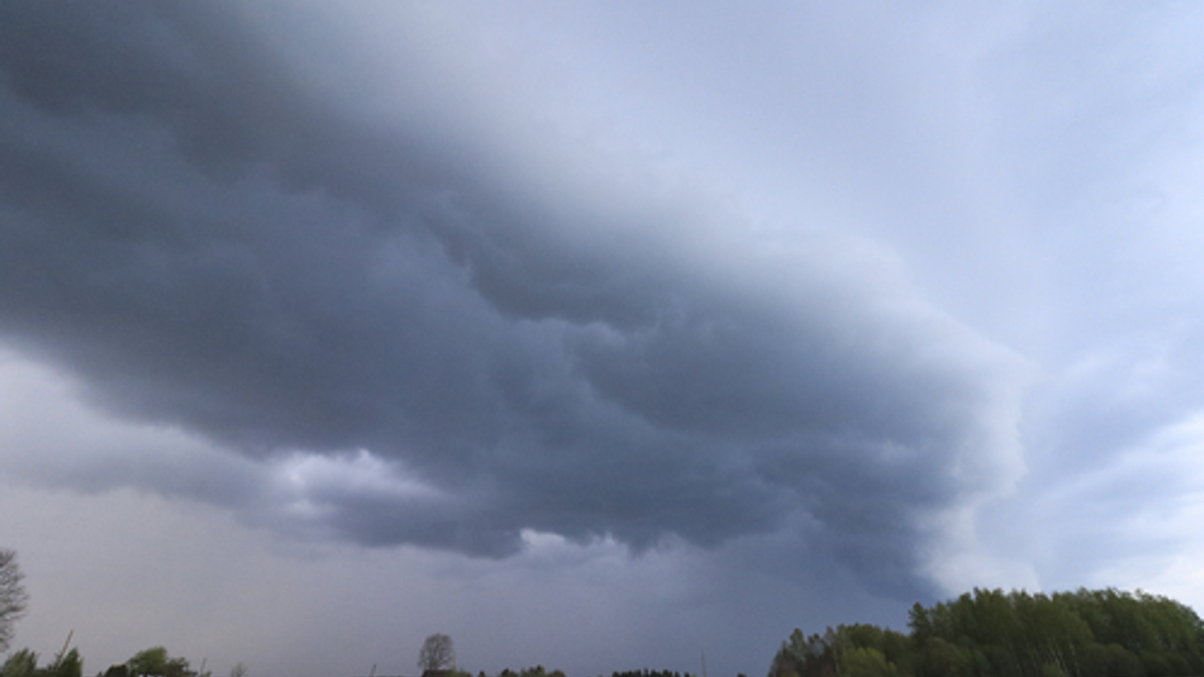Media Super chief prepares for storms ahead
Graeme Russell has overseen a turnaround in the Australian superannuation fund's performance, but how does he plan to maintain that run amid looming challenges?

Radical changes helped turn performance around at Austalian superannuation fund Media Super, as AsianInvestor outlined on Monday.
Sign in to read on!
Registered users get 2 free articles in 30 days.
Subscribers have full unlimited access to AsianInvestor
Not signed up? New users get 2 free articles per month, plus a 7-day unlimited free trial.
¬ Haymarket Media Limited. All rights reserved.


